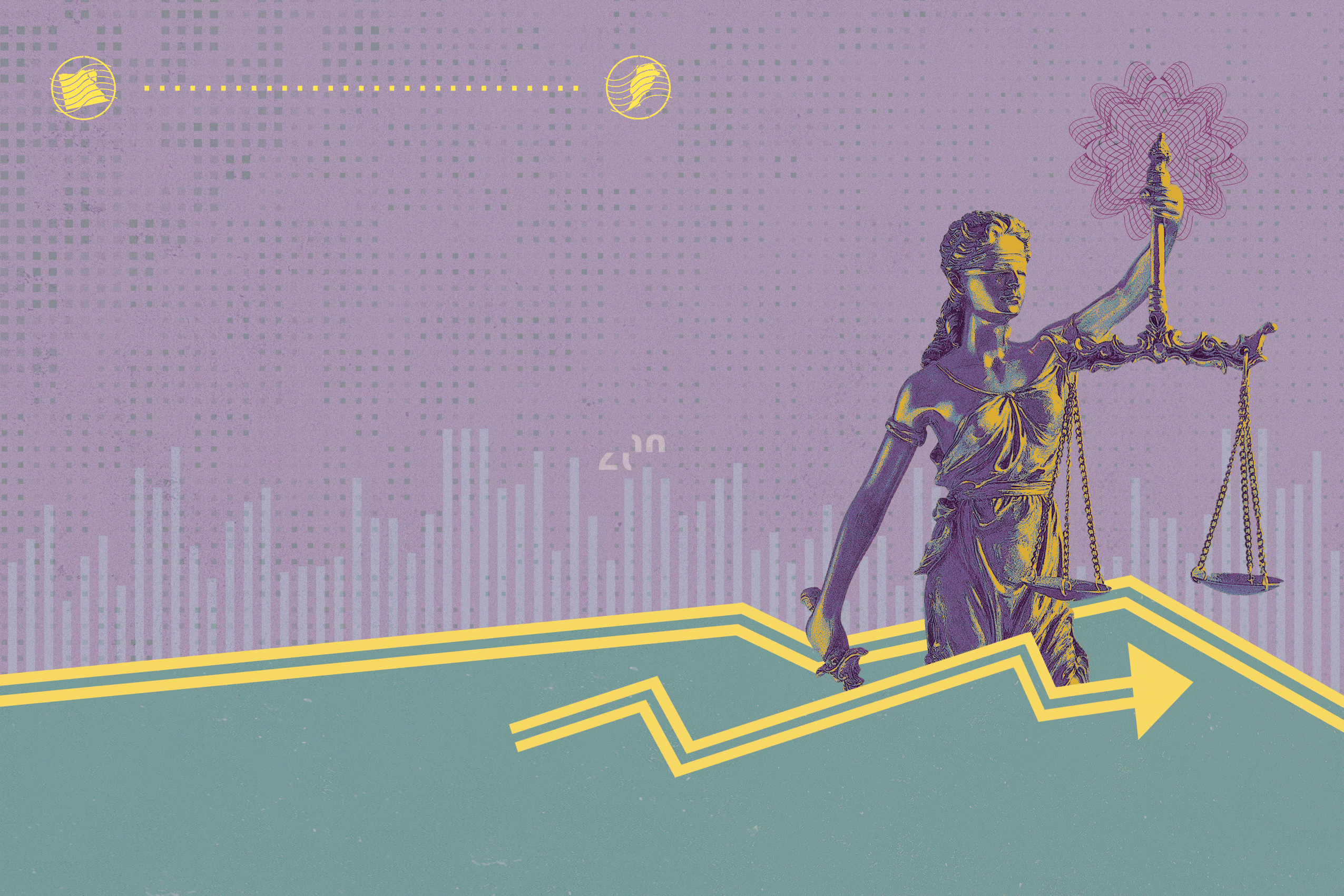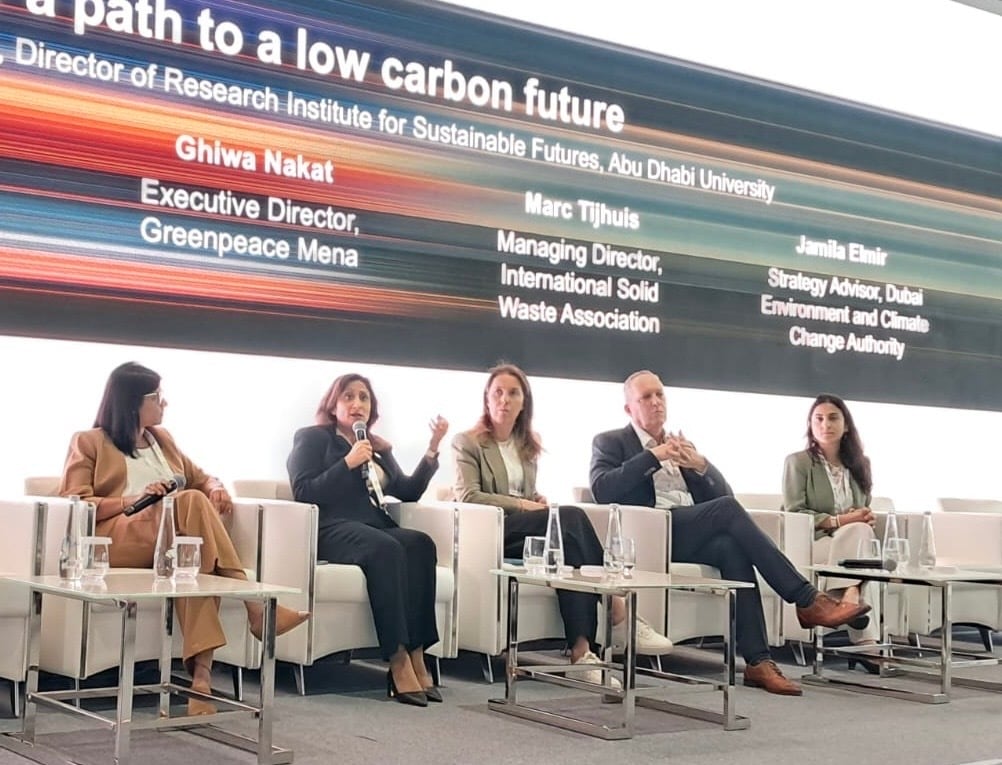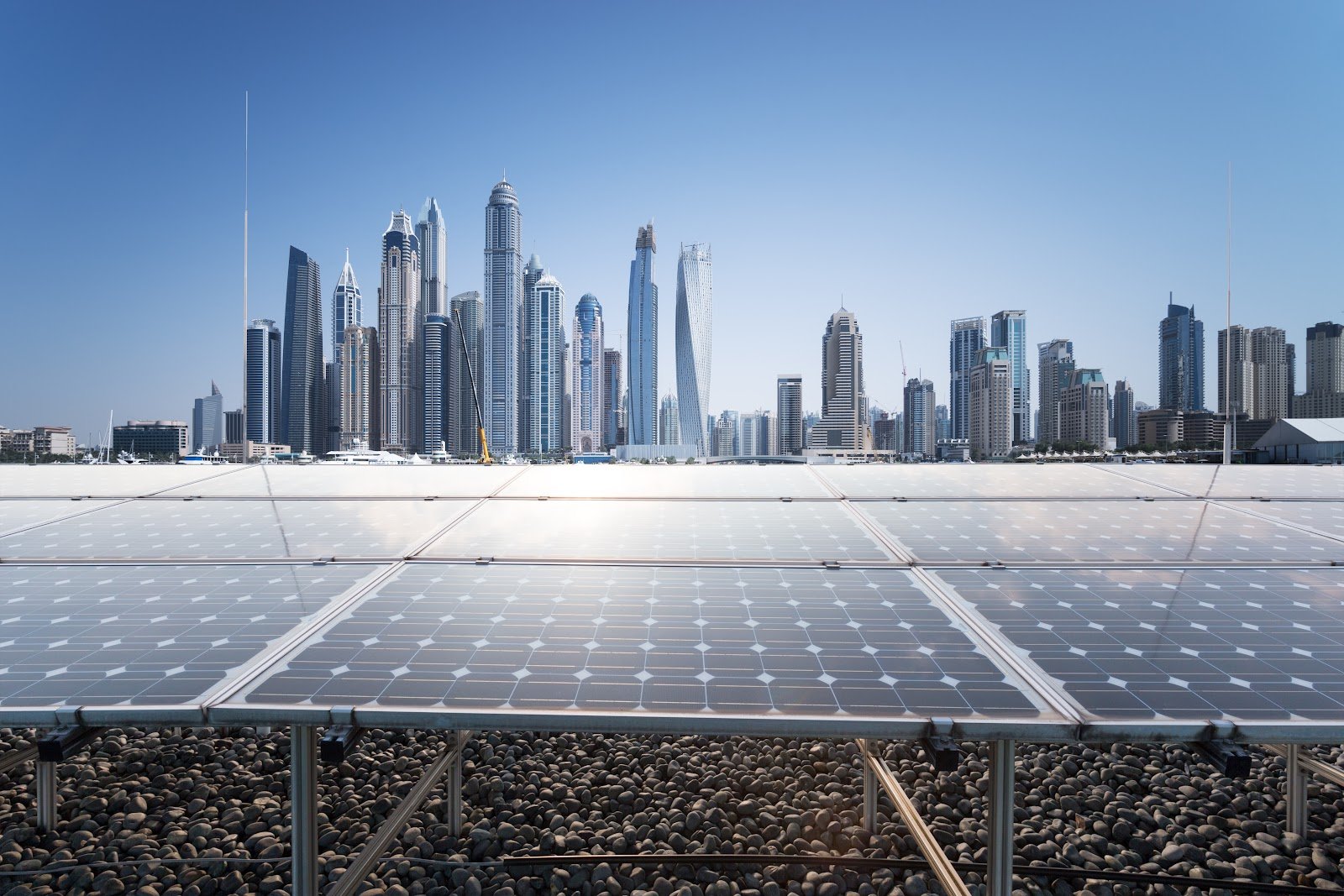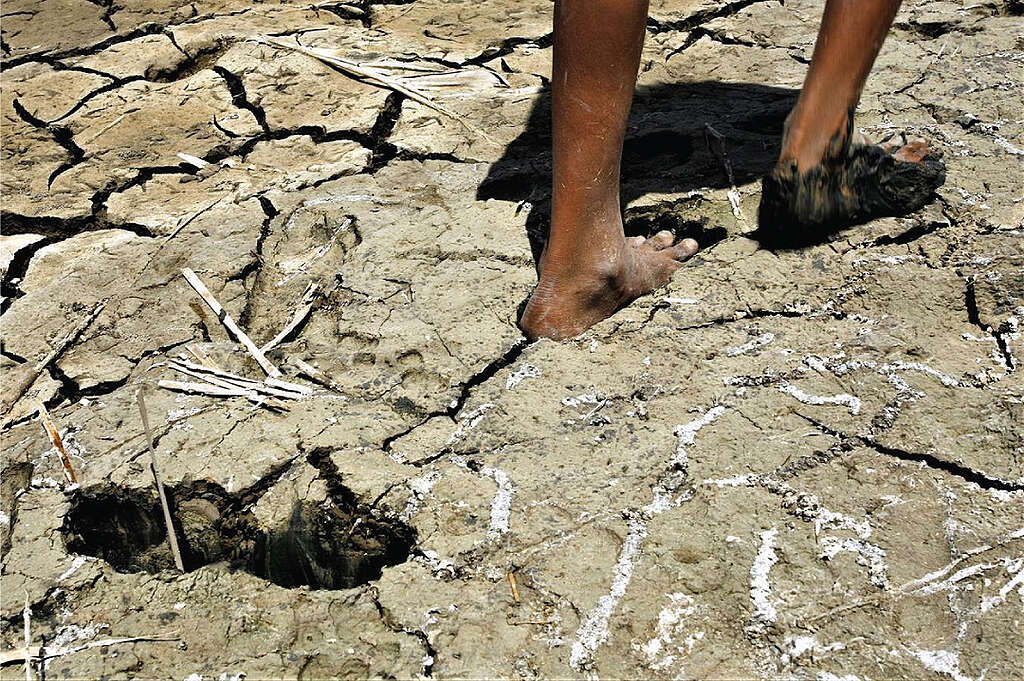
Heatwaves, flooding and other extreme weather appear to be happening more often, and getting more severe. But how much of it is down to climate change?
What is extreme weather?
Extreme weather is any weather that’s unusually severe, frequent or unexpected for the local climate. In the age of climate change, extreme weather means more heatwaves, drought, excessive rain, storms and even very unusually cold weather.
The impacts of extreme weather are often devastating. Higher temperatures cause more powerful and destructive storms. More rain can cause flooding. Wildfires start and spread more easily in heatwaves. And rising sea levels can make storm surges worse, causing coastlines to erode faster.
How is global warming affecting weather patterns?
Climate change means long-term changes to broad weather patterns that take place over several decades. (That’s why it’s been difficult to link any single extreme weather event to climate change.)
Scientists are now finding that significant changes to weather patterns may be happening over much shorter timescales, due to global average temperature rises driven by increasing greenhouse gas emissions.
This is what’s making extreme weather more likely and more severe.
| What’s the difference between weather and climate. Weather is what we experience day to day: sun, rain, wind or snow. It can be unpredictable and there is a lot of local variation. Climate is the average weather in a specific area over a long time – typically 30 years or more. |
How does climate change cause extreme weather?
Global warming is causing heat waves, drought and wildfires through an increase in overall temperatures.
As temperatures warm, it rains more heavily, causing flooding. This is partly because warmer air can hold more moisture – meaning more intense rainfall. And some places, including the UK, suffer long droughts followed by severe flooding – because dried-out soil cannot absorb heavy rains.
Storms are becoming more intense too. This is because warmer sea surface temperatures increase wind speeds.
Even extremely cold weather is linked to climate change.
How is the weather in MENA becoming more extreme?
Ecosystems, inhabitants and livelihoods in Algeria, Egypt, Lebanon, Morocco, Tunisia and the United Arab Emirates are all suffering from the impact of rapid climate change according to a report from Greenpeace Research Laboratories based at the University of Exeter in the UK, entitled ‘Living on the Edge: The Implications of Climate Change for Six Countries in the Middle East North Africa Region.’
The report presents details of how the MENA region is warming nearly twice as fast as the global average, and is particularly vulnerable to the effects and impact of climate change – including extreme water scarcity.
A new report published by the World Economic Forum (WEF) warns that climate change threatens the livelihoods of more than half a billion people in the region. The report titled Closing the climate action gap: accelerating decarbonization and the energy transition in MENA also highlights the region’s vulnerability to shocks such as irregular rainfall, water scarcity, desertification, reduced levels of groundwater, and prolonged droughts.
By 2050, the region could experience an increase in temperatures not in the 1.5-2.0°C range, but up to 4°C. This could bring with it widespread desertification, regionwide water scarcity, crop failure and extreme weather events such as heatwaves and flash floods. These environmental changes could widen socioeconomic disparities and drive tragic humanitarian repercussions, especially in the parts of the region that are already suffering from war and fragility.
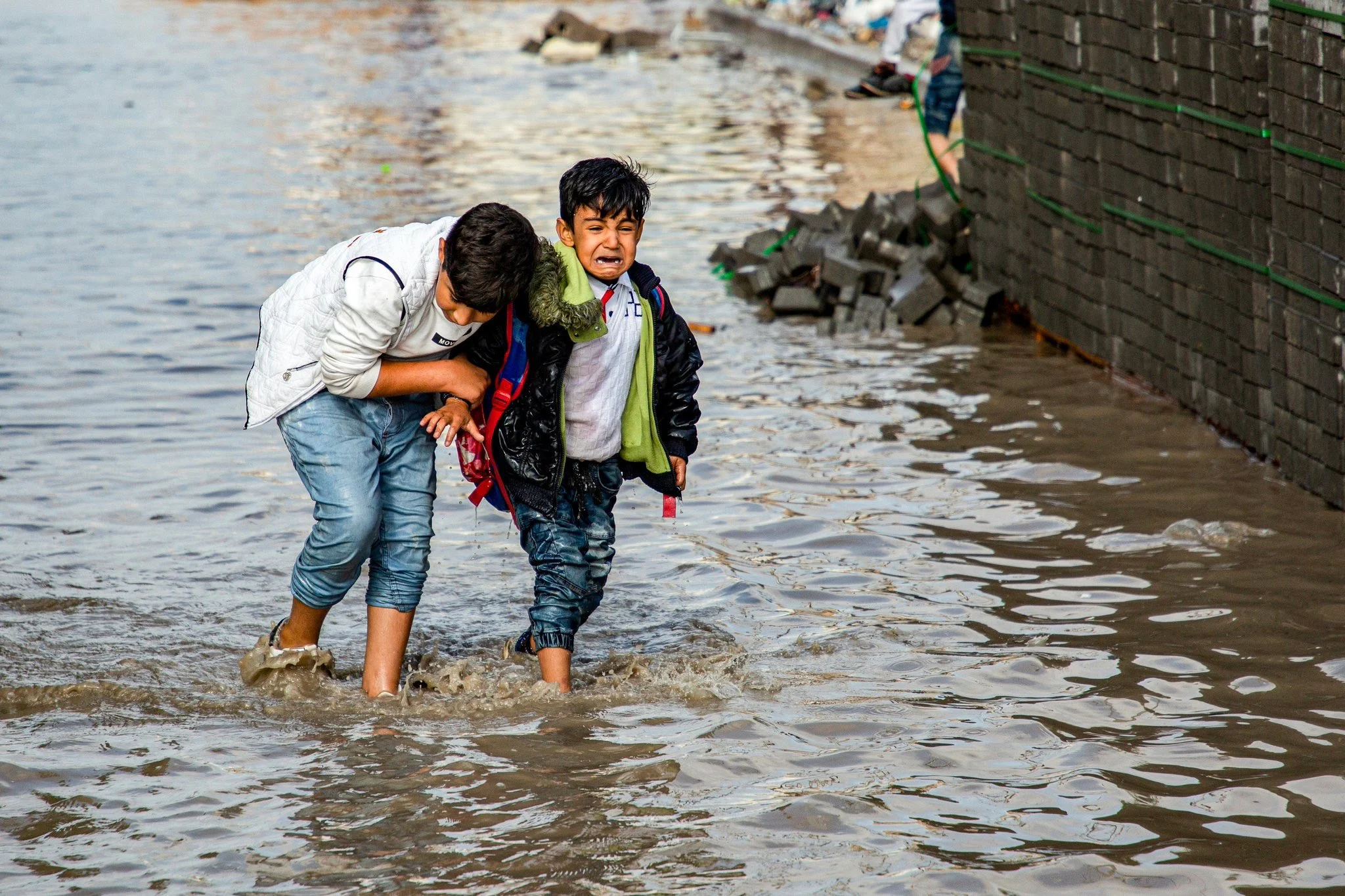
The MENA region is particularly impacted by the adverse effects of climate change in every possible way. Children, women, indigenous communities, properties, crops and ecosystems are daily being reduced to mere figures and stories of climate change victims. They are our sisters, our brothers, our homes, our livelihood, our serenity and our culture.
Join Us
